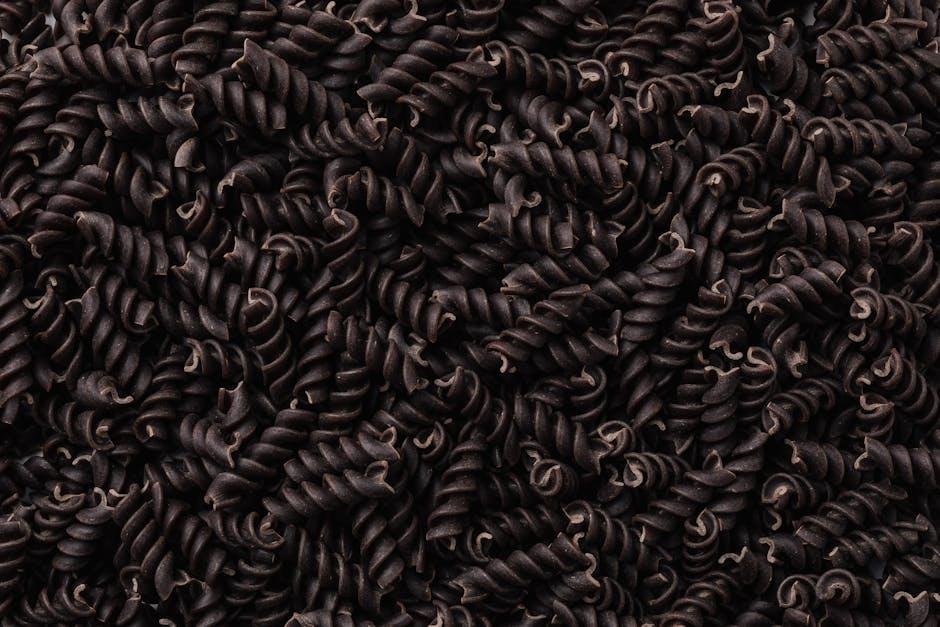In a world where dietary preferences and culinary creativity intertwine, gluten-free baking has emerged as a vibrant avenue for both health-conscious individuals and adventurous foodies.Gone are the days when gluten-free meant sacrificing flavor or texture; today, an array of innovative ingredients and techniques invite bakers of all levels to explore this exciting culinary landscape. Whether you’re diagnosed with celiac disease, managing a gluten sensitivity, or simply curious about incorporating gluten-free options into your repertoire, this guide will illuminate the essentials of gluten-free baking. From understanding choice flours to mastering the art of balance in flavors and textures, join us as we demystify the process and unlock the delectable possibilities that gluten-free baking has to offer. Prepare to roll up your sleeves and discover how simple it can be to create scrumptious, inclusive treats that everyone can enjoy.
Exploring essential Gluten-Free Flours and Their Unique Properties
When venturing into the world of gluten-free baking, it’s essential to understand the diverse flours available and their unique characteristics. Each gluten-free flour brings distinct flavors, textures, and nutritional benefits to your recipes. Here are some popular gluten-free flour options that can elevate your baked goods:
- Almond Flour: Made from finely ground almonds, it adds a moist texture and a subtle nuttiness, perfect for pastries and muffins.
- Coconut Flour: Absorbs a lot of moisture, so it’s best combined with other flours. it offers a slight sweetness and works well in cookies and pancakes.
- Brown Rice flour: A versatile base flour, it has a mild flavor and can lend a slightly gritty texture. It’s excellent in bread and pizza crusts.
- Oat Flour: Made from ground oats, it contributes a mild, slightly sweet flavor while adding fiber to your recipes. Ideal for cookies and speedy breads.
- Sorghum Flour: Known for its mild sweetness and nutritious profile, it works well in combination with other flours for a balanced texture in cakes and pancakes.
Incorporating these gluten-free flours into your baking can create delicious flavors while catering to dietary needs. Here’s a quick comparison of their characteristics:
| Flour Type | Texture | Best Used In |
|---|---|---|
| Almond Flour | Moist | pastries, Muffins |
| Coconut Flour | Dense | Cookies, Pancakes |
| Brown Rice Flour | grainy | Bread, pizza Crusts |
| Oat flour | Smooth | Cookies, Quick Breads |
| Sorghum Flour | Light | Cakes, Pancakes |

Mastering Texture: Tips for Achieving the Perfect Moisture Balance
Achieving the perfect moisture balance in gluten-free baking can be challenging due to the absence of gluten, which normally helps to retain moisture. To create a soft and satisfying texture, consider incorporating a mix of flours and starches. As an example, blending almond flour with tapioca starch can provide a delightful chewiness, while a combination of brown rice flour and coconut flour yields a light and fluffy result. Experimenting with different ratios can help you discover your ideal blend, enhancing your baked goods’ overall texture.
In addition to flour selection, liquid ingredients play a crucial role in moisture retention. It’s essential to balance wet and dry components to avoid overly dense or crumbly results. Incorporate ingredients such as Greek yogurt, applesauce, or nut butters to add moisture without making the batter too runny. Don’t forget about using binders like psyllium husk or flaxseed meal, which not only help to bind the mixture but also improve the overall moisture content. Keep these tips in mind as you refine your gluten-free baking techniques, and enjoy the art of creating deliciously textured treats!

Flavor Enhancements: Utilizing Natural Ingredients for Delicious Results
When it comes to gluten-free baking, enhancing flavor naturally can elevate your creations to a whole new level. Natural ingredients can not only add depth but can also provide health benefits over processed alternatives. For instance, consider incorporating nut flours like almond or hazelnut, which contribute a rich, warm flavor profile while providing healthy fats and proteins. You can also use spices and herbs to introduce unexpected yet delightful nuances; a sprinkle of cinnamon or a dash of rosemary can make your baked goods truly unforgettable. Experimenting with pureed fruits can bring both sweetness and moisture to your recipes—think mashed bananas or applesauce as a base for muffins or cakes.
Another excellent approach is to utilize various natural sweeteners that complement gluten-free flours. Options such as honey,maple syrup,or coconut sugar not only enhance taste but frequently enough contribute additional nutrients. For those who enjoy a savory twist, incorporating ingredients like olive oil or Greek yogurt can infuse your bakes with a luscious mouthfeel and delectable richness. To show the beneficial impact of these ingredients, here’s a simple comparison table highlighting some effective enhancements:
| Ingredient | Benefit |
|---|---|
| Nut Flours | Rich flavor, healthy fats |
| Pureed Fruits | Natural sweetness, moisture |
| Natural Sweeteners | flavor depth, nutrients |
| Spices & Herbs | Unique flavor profiles |

Embracing Accessibility: Simple Recipes for Everyday Baking Success
baking gluten-free doesn’t have to be daunting, especially with a few key ingredients and tips at your disposal. Begin your journey by stocking up on essential gluten-free flours like almond flour, coconut flour, or rice flour. These not only lend a fantastic texture but also provide additional nutrients to your baked goods. Experimenting with different combinations can lead to delightful results, so don’t hesitate to mix and match! Here are some other ingredients to consider:
- eggs: They help bind your batter together, adding moisture and richness.
- Applesauce: This is a great alternative for fat, promoting a moist crumb.
- Xanthan gum: Use this to mimic the elasticity and texture of gluten.
When it comes to recipes,simplicity is key. A basic gluten-free chocolate chip cookie can be a great starting point. All you need is a mix of your chosen gluten-free flour, butter (or a substitute), brown sugar, baking powder, and chocolate chips. For precise measurements, refer to the table below:
| Ingredients | Measurements |
|---|---|
| Gluten-free flour | 1 ½ cups |
| Butter | ½ cup |
| Brown sugar | ¾ cup |
| Baking powder | 1 tsp |
| Chocolate chips | 1 cup |
mix these ingredients well, scoop them onto a baking sheet, and let the oven work its magic! Not only will you enjoy the aroma filling your kitchen, but you’ll also savor delicious, gluten-free cookies that come together seamlessly. remember, the key to successful gluten-free baking lies in patience and a bit of creativity!
Wrapping Up
gluten-free baking doesn’t have to be a daunting task filled with uncertainty and frustration. With the right ingredients, techniques, and a sprinkle of creativity, anyone can whip up delicious treats that cater to dietary needs without compromising flavor or texture. As you embark on your gluten-free baking journey, remember that experimentation is key—embrace the process and allow your taste buds to guide you. Whether you’re crafting a decadent cake or a simple loaf of bread, each recipe is an opportunity to explore new flavors and textures. So preheat your oven, gather your favorite gluten-free flours, and let the baking adventure begin. Happy gluten-free baking!



